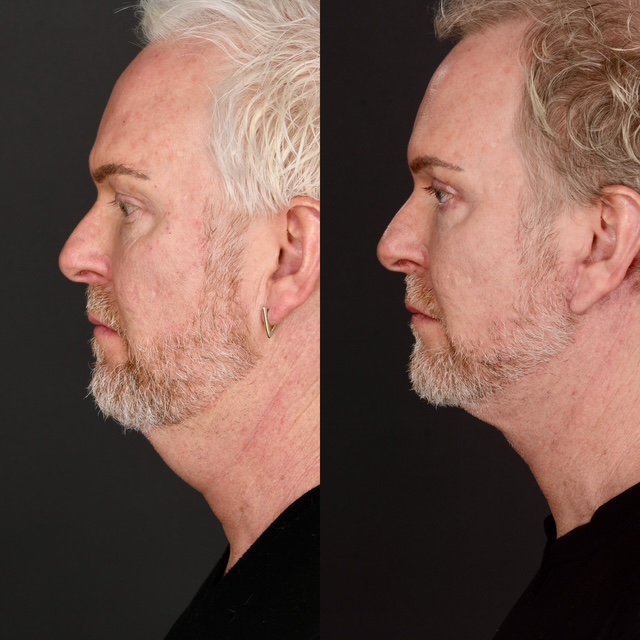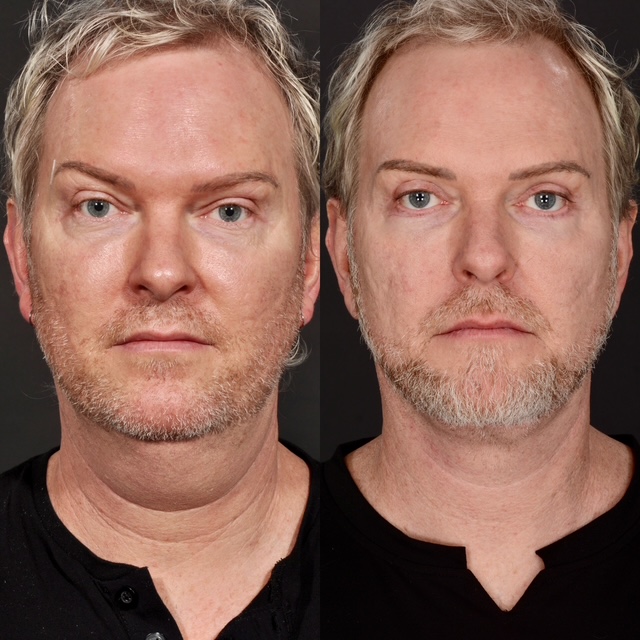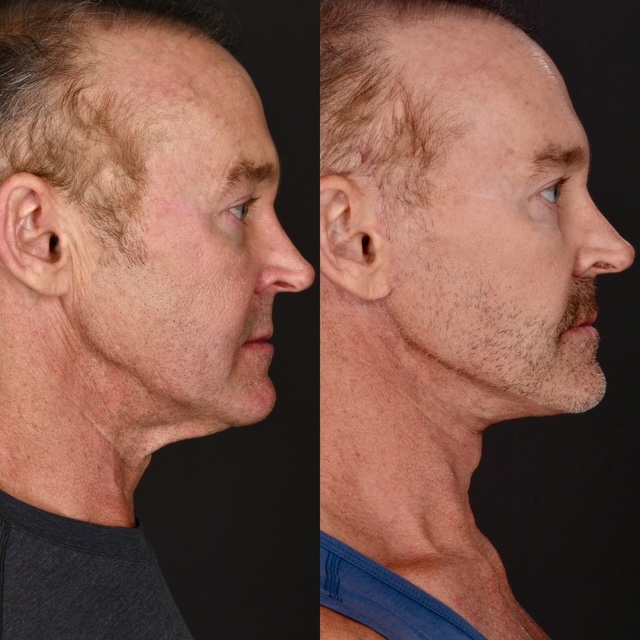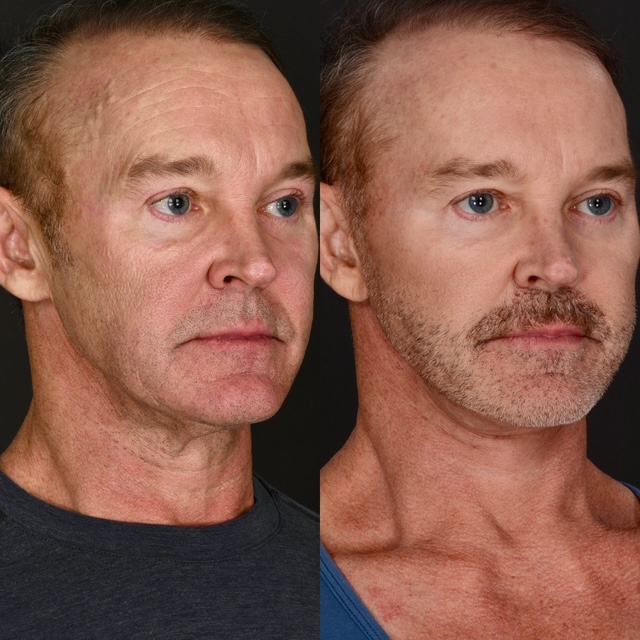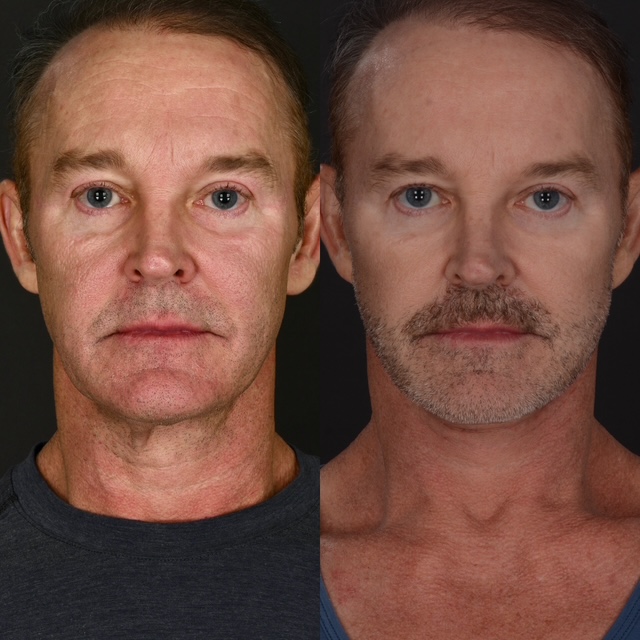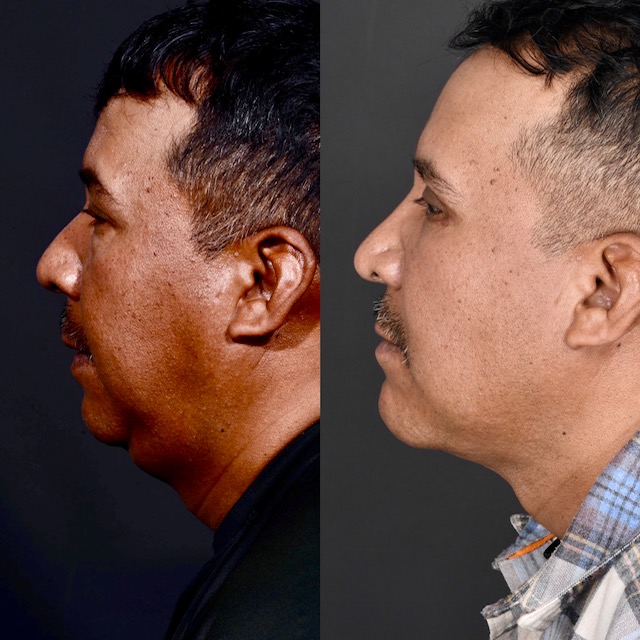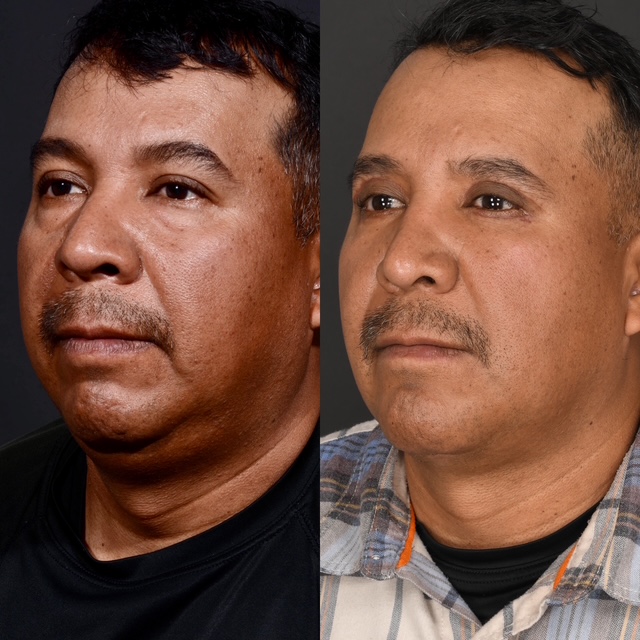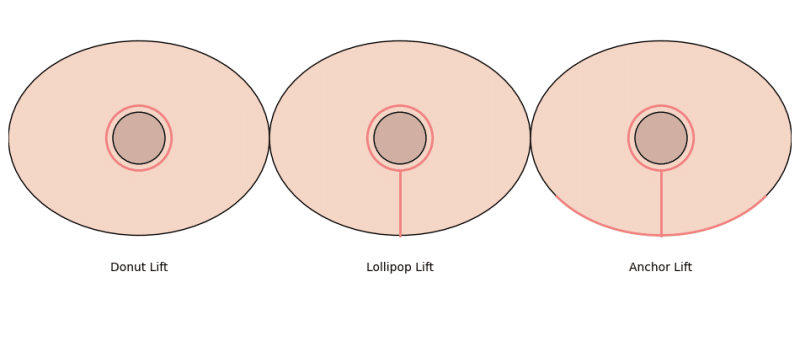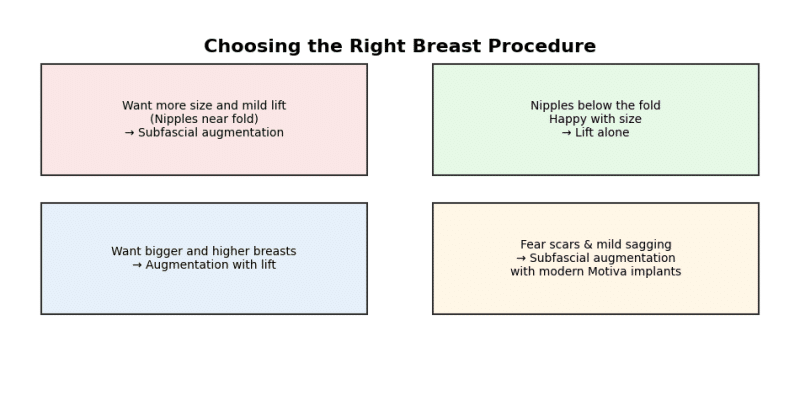Breast Augmentation 101: What Every Patient Should Know in 2025
Breast augmentation has changed dramatically over the last several decades. Today the operation is safer, more predictable, and far more personalized than it used to be. Patients also come in with clearer goals, more research, and strong opinions influenced by social media. As a plastic surgeon, my philosophy focuses on communication first, thoughtful planning second, and long term results always. This blog covers how I approach breast augmentation in 2025 and what I want every patient to understand before surgery.
Start With Listening
A successful breast augmentation begins with a clear conversation. Every patient has a different reason for seeking the procedure. Some want to restore what they lost after pregnancy. Some want a shape they never had. Many want a boost in confidence and comfort. My job is to understand their motivation.
The word natural comes up often. It means something different to every person. Some want a soft slope in the upper breast. Others want gentle cleavage. Some want subtle volume. Others want more projection without looking round. I do not assume anything when someone says natural. I ask specific questions until I understand the look they want.
Pictures help more than any other tool. I ask patients to bring several photos of results they like and several they do not like. Images create clarity fast. When a patient shows me a picture, I immediately understand their goals in a way words cannot match.
How I Approach Sizing
I have tried every sizing method. I have used bra sizers, implant samples, and various imaging programs. None of them work perfectly. 3D imaging helps create a shared starting point. It shows the patient their body from different angles. It highlights asymmetry and skin quality. It helps explain why a lift may or may not be necessary. It also helps set expectations.
But 3D imaging does not pick the exact implant. Tissue behaves in ways imaging software cannot predict. For that reason, I use imaging to understand the general look my patient wants. From there, I select a range of implants that can create that look. The final decision depends on anatomy, tissue thickness, and chest width.
This personalized approach creates the most predictable results.
Fat Transfer: A Helpful Tool, Not a Replacement
Fat transfer has become an important addition to breast augmentation. It works well for creating cleavage, softening transitions, and improving upper pole fullness. I take fat from areas such as the hips or thighs and inject it into precise regions of the breast.
Fat transfer is very helpful for shaping, but it is not a substitute for implants in most patients. The volume increase is modest. Many patients want more fullness than fat alone can provide. I use fat transfer to refine results, not replace implants. For the right patient, the combination creates a beautiful outcome.
How Social Media Has Changed Breast Augmentation
Social media has transformed how patients think about implants. Many patients now come in already asking for specific implant brands, sizes, and profiles. Sometimes they reference exact implants used by celebrities or influencers. I respect that research, but I also guide patients back to the basics.
Implant decisions should never be based solely on a social media trend. They should match the patient’s chest width, tissue quality, lifestyle, and desired shape. I keep the focus on anatomy and long term results rather than viral posts.
Motiva and Other Implant Options
Motiva implants entered the United States market in 2024, although they have been available internationally for many years. Many patients now request them by name. They offer a soft feel and a unique textured surface designed to reduce bacterial adhesion. Early data shows low rates of capsular contracture and rupture through five years.
I like Motiva implants, but I also use other excellent brands. Allergan offers wider size and profile options, which matters for many patients. Some need extra projection. Some have a very wide chest. Some need a shape that only a specific profile can create.
No single implant fits every patient. I match the implant to the anatomy and the aesthetic goal, not the trend. Cost plays a role as well. Motiva implants are more expensive than some other options. We discuss the price difference so patients can make informed decisions.
Internal Bras and Mesh Support
Modern breast augmentation focuses on long term stability. Softer implants and subfascial placement give a natural look. They also need support. For this reason, I use mesh more often than I did several years ago. Mesh helps support the lower pole of the breast and prevents bottoming out.
Two main types exist. One is made from biologic material such as human, pig, or sheep tissue. The other is a bioresorbable synthetic mesh that dissolves as the body forms a strong scaffold of scar tissue. Both options reinforce the breast and help maintain shape over time.
I choose the mesh based on anatomy, implant size, and the patient’s goals.
My Approach to Recovery
Recovery after modern breast augmentation is faster than many people expect. With the subfascial approach, patients often return to desk work within a few days. Most feel much better by the end of the first week. I allow light exercise after two weeks and full workouts at around three to four weeks. These guidelines protect the implants while allowing patients to feel normal again quickly.
The Truth About Implant Longevity
Breast implants do not last forever. There is no true lifetime device. Technology continues to improve, so implants last longer than they used to, but every patient should expect a revision at some point.
A 25 year old patient may need a change in 15 to 20 years. Reasons include:
-
rupture
-
capsular contracture
-
drooping with age or pregnancy
-
a desire for a different size or shape
I am always honest about this. Some patients say they will not care about their appearance when they get older. In reality, they almost always care. They want to look good at every stage of life, and there is nothing wrong with that.
Regular monitoring helps catch issues early. I use breast ultrasound in my clinic to check for silent ruptures. Many patients come in at the ten year mark expecting a replacement they do not need. If everything looks great and the implant is intact, they continue life as usual.
Final Thoughts
Breast augmentation is one of the most rewarding procedures I perform. The key to a beautiful result is honest communication, careful planning, and a personalized approach. My focus is always on long term beauty, patient safety, and outcomes that blend naturally with the patient’s body.
If you are considering breast augmentation, the best first step is a thoughtful consultation. Bring pictures. Bring questions. Bring your goals. Together we can create a plan that fits your anatomy, your lifestyle, and your vision.


